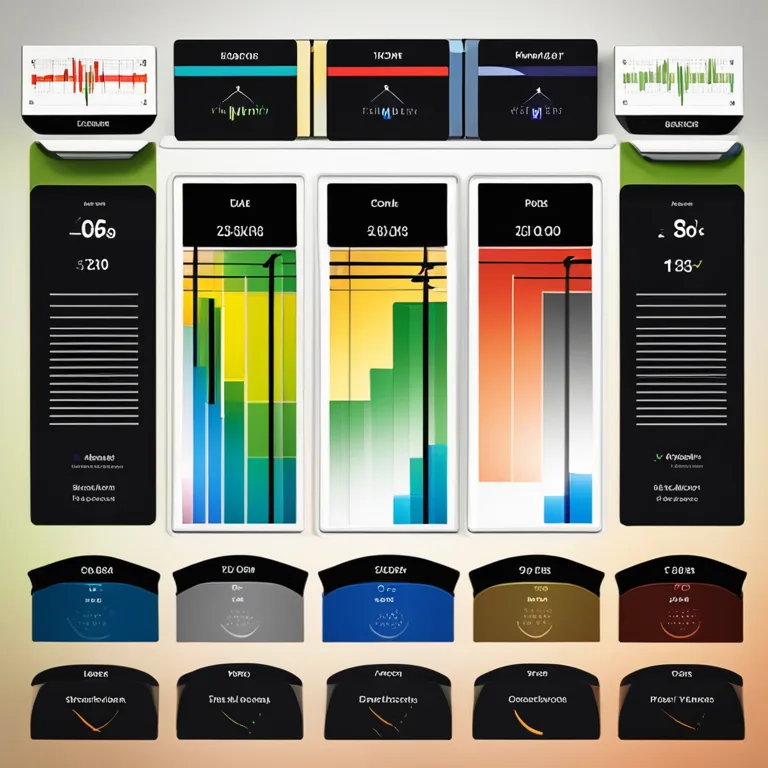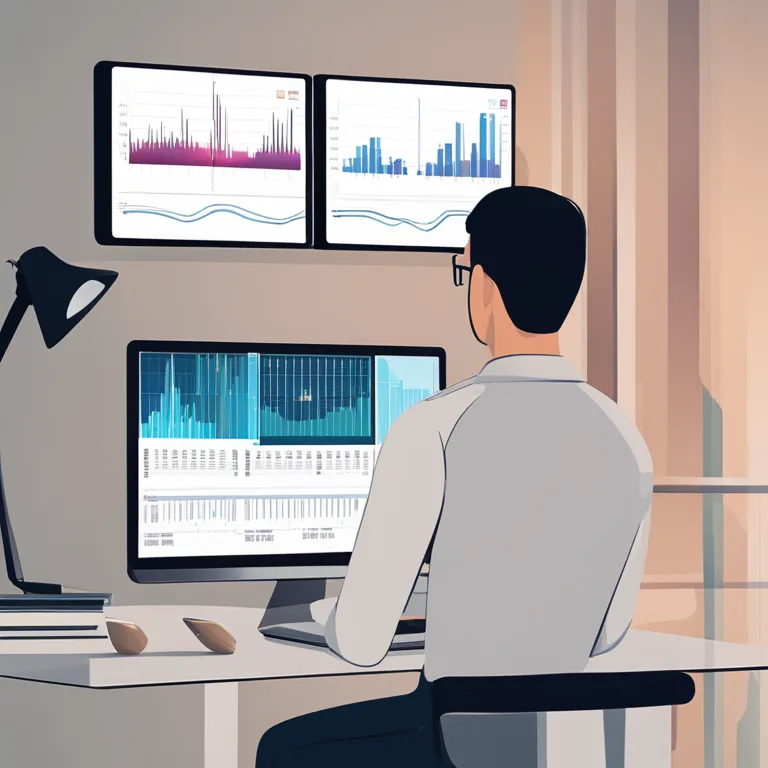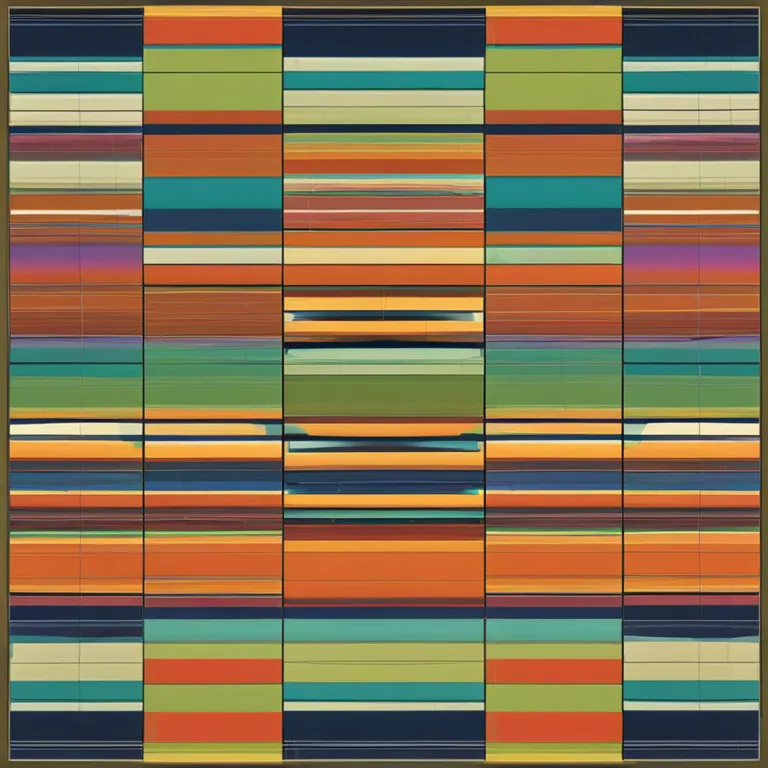
Discover Your Personal Biorhythm Cycle
Learn how to map out your biorhythms for insight into your physical, emotional, and intellectual vitality.
article by Adrian Wallace
Introduction to Biorhythms
Biorhythms are an intriguing aspect of our lives that many believe can offer deep insights into our physical, emotional, and intellectual states. According to the theory of biorhythms, our life is influenced by rhythmic biological cycles that affect our abilities in various domains. While the concept has its share of skeptics, it has also garnered a dedicated following that uses biorhythmic patterns to help make informed decisions. Whether you're a fervent believer or just curiously exploring, finding your personal biorhythm could be an engaging endeavor. This article will guide you through the basics of biorhythms and the steps to identify your own cycles as you move forward in the year 2024 and beyond.

What Are Biorhythms?
The theory of biorhythms dates back to the late 19th century and posits that our lives are governed by three primary cycles: the Physical (23 days), Emotional (28 days), and Intellectual (33 days) cycles. Each of these cycles oscillates between high and low phases, with a day of maximum, minimum, and a critical transition phase. Advocates of biorhythms suggest that by anticipating these patterns, individuals can enhance their decision-making for better outcomes in life's endeavors. While modern science often views biorhythms with a critical eye, the cultural and personal significance of these cycles continues to attract attention globally.

Calculating Your Biorhythms
Finding your biorhythm involves a straightforward calculation that primarily requires your birth date. The cycle begins at your birth and repeats continuously throughout your life. Today, numerous online calculators and mobile apps are available to plot your biorhythm chart with precision, eliminating the need for manual computations. These modern tools often offer personalized readings and can provide day-to-day predictions that many find illuminating. Remember to look for updated and reputable sources when selecting a platform to ascertain the most accurate biorhythm charts in line with the current understanding of the field.

Interpreting Your Biorhythm Chart
Once you have your biorhythm chart, interpretation is key to making use of the data. A high phase in any cycle signifies a time of strength and peak performance, while a low phase suggests a period of reduced ability and resilience. The critical phase – the day a cycle transitions from high to low or vice versa – is often considered a time for caution. During this time, it's common to feel out of sorts or less stable. Many enthusiasts advise extra care with critical days and suggest that this knowledge provides an advantage when planning activities that align with one's current state.

Applying Biorhythm Knowledge
Once you have a grasp on your biorhythm cycles, you can use this information to plan activities that match your predicted physiological state. For example, understanding when you’re entering a high phase in the physical cycle might encourage you to initiate fitness challenges or engage in physically demanding tasks. Conversely, awareness of an approaching low in the emotional cycle could lead you to seek support or reduce stress triggers. Although personal experimentation and interpretation play considerable roles, many users report positive outcomes aligning their activities with their biorhythmic patterns.
A Balanced View
While many find value in tracking their biorhythms, it's essential to maintain a balanced view. Biorhythms should not be seen as deterministic but rather as one of many tools available to gain insights into our wellbeing. Diverse factors, including lifestyle, environment, and personal choices, significantly contribute to our daily life. Engaging with biorhythms might offer a unique perspective, but it should harmoniously coexist with other health and wellness practices one might follow for a holistic approach to self-awareness and personal development.
Continued Exploration
Biorhythms present an intriguing field with many areas left to explore and understand. As you delve into the world of biorhythms, keep an open mind and maintain a healthy skepticism. Use the insights as a supplement to your intuition and lived experience. The more you pay attention to the rhythms of your body and mind, the more attuned you may become to making choices that resonate with your personal wellbeing. Whether you view biorhythms as science, pseudoscience, or simply a cultural artifact, the journey of discovering your unique patterns is a personal voyage of exploration.
Published: 12/28/2023
Modified: 12/28/2023
More predictions
Come back here soon to learn more about yourself and your future


The Practical Uses of Biorhythms in Our Lives
Discover how biorhythms can be applied to improve well-being and achieve a better understanding of personal cycles in health, decision-making, and relationships.


The Concept of Biorhythm Compatibility
Discover the concept of biorhythm compatibility and its role in personal relationships in this comprehensive guide.


The Core of Biorhythm Theory
Delve into the core of biorhythm theory, a concept that suggests our daily lives are influenced by natural physiological cycles.